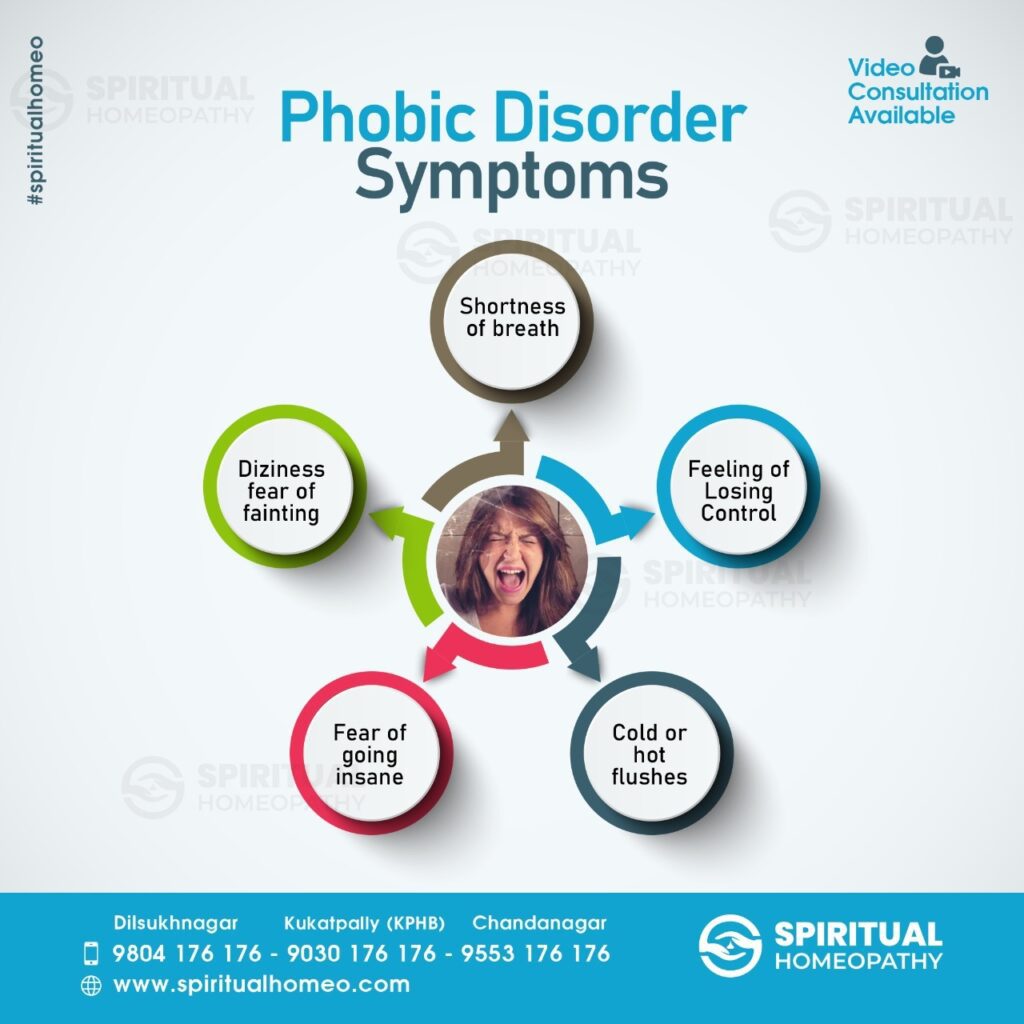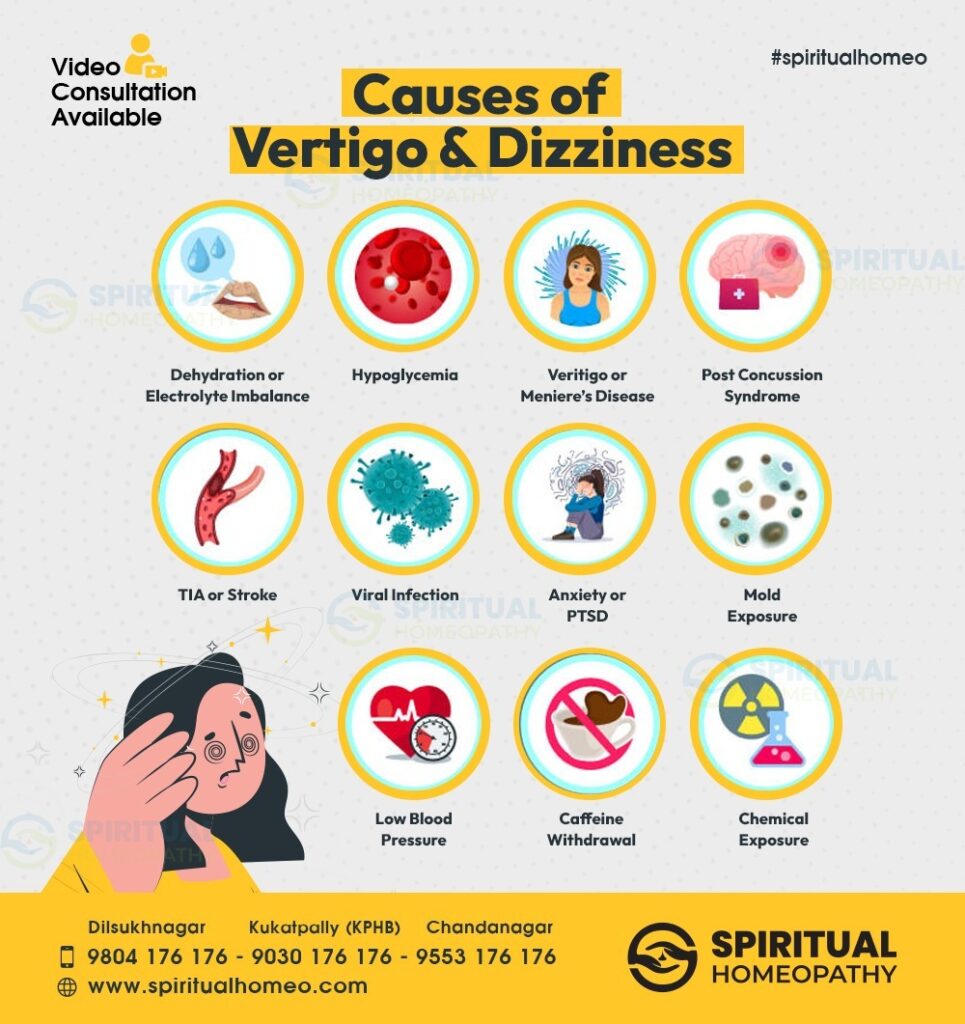Phobic disorders, also known as phobias, are a type of anxiety disorder characterized by an excessive and irrational fear of specific objects, situations, or activities. There are three main types of phobias: specific phobias, social phobia (social anxiety disorder), and agoraphobia. Here are some general symptoms associated with phobic disorders:
Intense Fear: Individuals with phobic disorders experience an overwhelming and irrational fear when exposed to the specific object, situation, or activity that triggers their phobia.
Avoidance: People with phobias often go to great lengths to avoid the source of their fear. This can lead to significant disruptions in daily life and functioning.
Physical Symptoms: Exposure to the phobic stimulus can result in physical symptoms such as sweating, trembling, rapid heartbeat, shortness of breath, nausea, dizziness, or even a panic attack. These symptoms are part of the body’s “fight or flight” response.
Recognizing Irrationality: Individuals with phobias typically recognize that their fear is excessive or unreasonable. However, this realization does not necessarily make it easier for them to control or overcome the fear.
Duration: Phobias are persistent and often last for six months or more. The fear and avoidance associated with the phobia can significantly impact a person’s quality of life.
Here are the three main types of phobias, each with its own set of symptoms:
a. Specific Phobias: These involve a fear of a specific object, situation, or activity. Common examples include fear of heights (acrophobia), spiders (arachnophobia), flying (aviophobia), or needles (trypanophobia).
b. Social Phobia (Social Anxiety Disorder): This type of phobia involves an intense fear of social situations and interactions. Individuals with social phobia may fear being judged or embarrassed in public, leading to avoidance of social events.
c. Agoraphobia: Agoraphobia involves a fear of being in situations where escape might be difficult or help might not be available in the event of a panic attack. This can lead to avoidance of crowded places, open spaces, or situations perceived as difficult to escape.
It’s important to note that phobias can vary in severity, and professional help is often recommended for diagnosis and treatment. Cognitive-behavioral therapy (CBT), exposure therapy, and medications are among the common approaches used to treat phobic disorders. If you or someone you know is experiencing symptoms of a phobic disorder.




